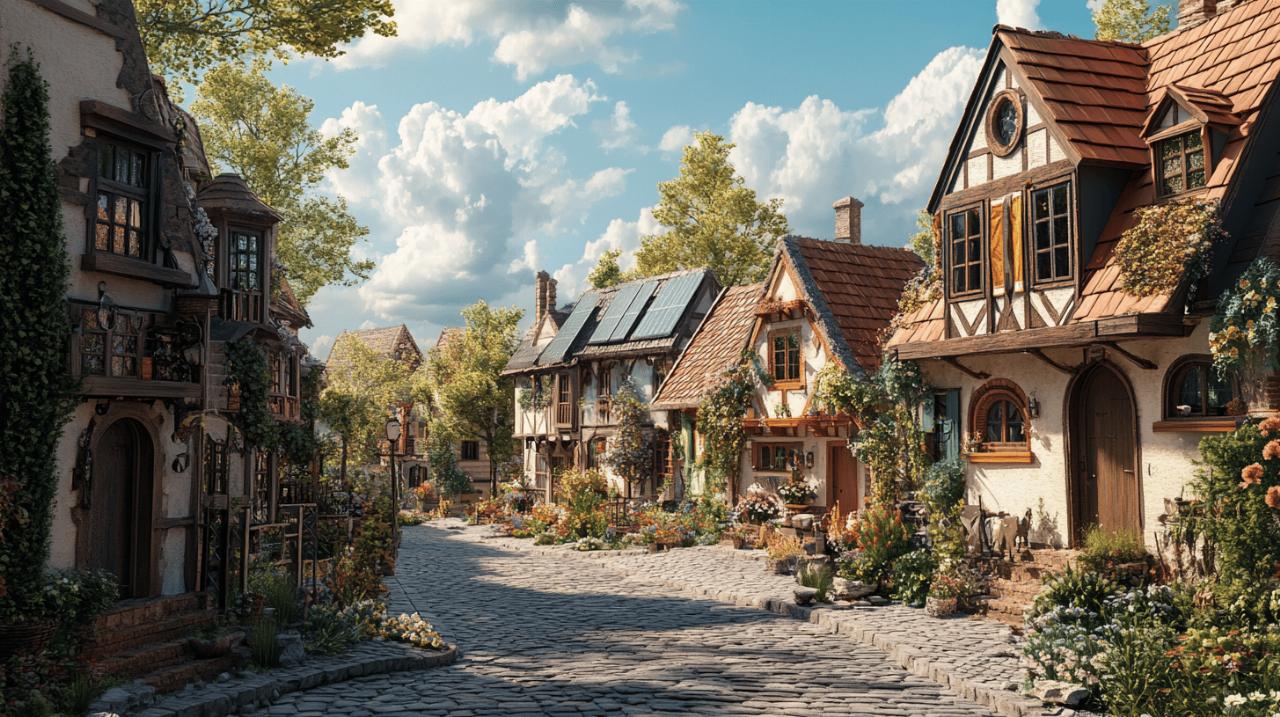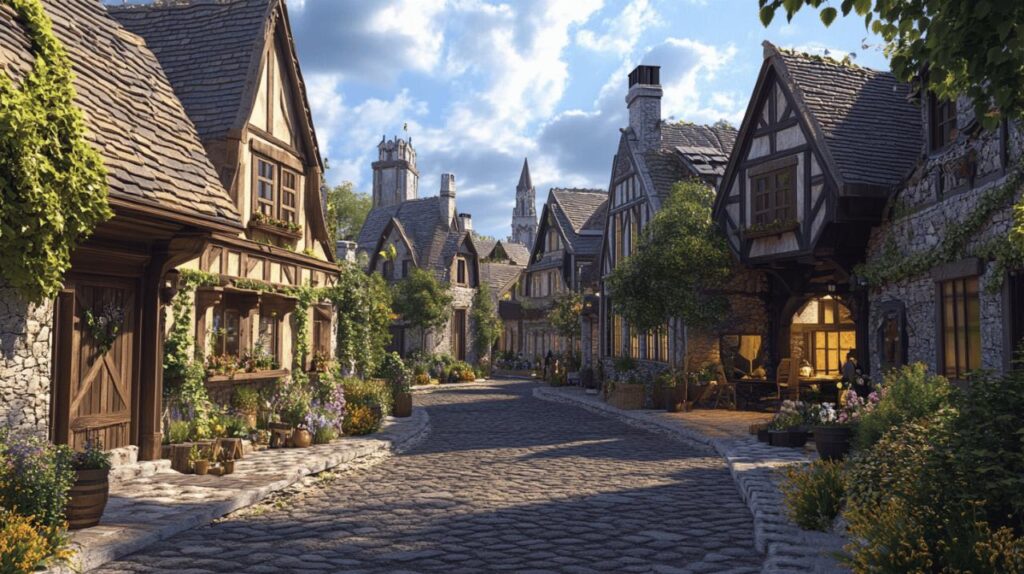In today’s challenging property market, finding affordable housing options can seem impossible. However, a unique initiative has been gaining attention across Europe: the one-euro house scheme. This remarkable opportunity allows prospective homeowners to purchase properties for just one euro, presenting an intriguing alternative for those priced out of traditional housing markets. As Domus Agency continues to monitor innovative property solutions worldwide, we’ve compiled this comprehensive guide to help you navigate this unconventional path to homeownership.
Understanding the 1 euro house concept
Origins and Purpose Behind the Initiative
The one-euro house scheme originated in 2008 in Salemi, Sicily, as a creative solution to a growing problem: depopulation. Many Italian towns, particularly in southern regions known as the Mezzogiorno, have experienced significant population decline over decades. This exodus began in the late 1800s and early 1900s when many Italians emigrated to America, leaving behind their homes and properties. As younger generations continued to leave for urban opportunities, numerous villages were left with abandoned buildings and dwindling communities.
The scheme’s primary purpose is revitalisation – breathing new life into these ghost towns by attracting new residents, stimulating local economies, and preserving cultural heritage. Local municipalities offer these properties at symbolic prices with the understanding that buyers will commit to renovating them, thereby contributing to the community’s regeneration. What began as a small initiative has now spread across Italy and even to other European countries facing similar depopulation challenges.
Where to find these budget property opportunities
While the scheme initially focused on Sicily, it has expanded significantly. Today, one-euro properties can be found across various Italian regions including Sardinia, Tuscany, Abruzzo, and increasingly in northern areas like Trentino. More than 30 municipalities now participate in the program, each with their own specific requirements and incentives.
Sicily remains a hotspot, with towns like Mussomeli becoming success stories by attracting international buyers and revitalising local economies. In Abruzzo, Penne has emerged as an attractive option, requiring no security deposit and offering relatively affordable renovation starting costs. The Molise region has taken the concept further by offering financial incentives – up to €700 monthly for three years – to those willing to relocate to their villages. Similarly, Santo Stefano di Sessanio in Abruzzo has offered grants up to €44,000 to entice new residents.
Finding these opportunities typically involves researching participating towns, visiting their municipal websites, or working with local agencies that specialise in these transactions. Many towns maintain waiting lists or open application windows periodically when properties become available.
The Reality of Purchasing a 1 Euro Home
Hidden costs and renovation requirements
While the purchase price is indeed symbolic, the true financial commitment extends far beyond the initial euro. Most one-euro houses are abandoned properties, often uninhabited for decades or even a century, and consequently in various states of disrepair. Many are essentially crumbling ruins requiring comprehensive structural work – new roofs, reinforced walls, updated floors, and complete internal renovations.

The renovation costs constitute the primary financial consideration, typically ranging from €20,000 for minor refurbishments to well over €200,000 for complete restorations. Some buyers have reported spending upwards of €250,000 or even €300,000 on extensive renovations. Canadian adventurer Kasia Chojecki, who documents Italian exploration, notes that budget overruns are common, particularly in remote locations where finding reliable contractors can prove challenging.
Additional expenses include notary fees (€2,000-€3,000), security deposits (€1,000-€5,000, refundable upon completion of renovations), property taxes (2-9% purchase tax plus annual charges of €200-€800), and utility connections. American buyers face further complications with US reporting requirements for foreign bank accounts exceeding $10,000. The strength of certain currencies against the euro, such as the dollar, can make these purchases more attractive to international buyers, but this advantage should be weighed against the total investment required.
Legal obligations and timeframe commitments
Purchasing a one-euro house comes with strict contractual obligations. Buyers typically must submit detailed renovation plans within 2-3 months of purchase and complete the work within a specified timeframe – usually 3-5 years. Failure to meet these deadlines can result in forfeiture of the security deposit and potentially the property itself.
Many municipalities also impose residency requirements, mandating that buyers live in the property for a minimum period (often 3-5 years) to prevent speculation and ensure genuine community integration. These legal commitments require careful consideration, especially for foreign buyers who may not be familiar with Italian bureaucracy, which is notoriously complex and slow-moving.
Foreign buyers need an Italian tax identification number (codice fiscale) before proceeding with any purchase. They must also navigate property transaction regulations that differ significantly from those in their home countries. The language barrier can further complicate this process, making local legal representation advisable.
Success stories do exist, like that of Rubia Daniels, who purchased three houses in Mussomeli and invested approximately €50,000 in renovating one of them. However, potential buyers should be aware that even after renovation, property values in these remote locations may not reflect the total investment. The value proposition extends beyond financial returns to lifestyle benefits, cultural immersion, and contributing to community revitalisation efforts.
Whether the one-euro house scheme represents a viable opportunity depends entirely on individual circumstances, expectations, and willingness to embrace both the challenges and rewards of rural Italian life. For those prepared to invest time, money, and patience, these properties offer a unique pathway to European homeownership and a chance to participate in the preservation of historic communities.

